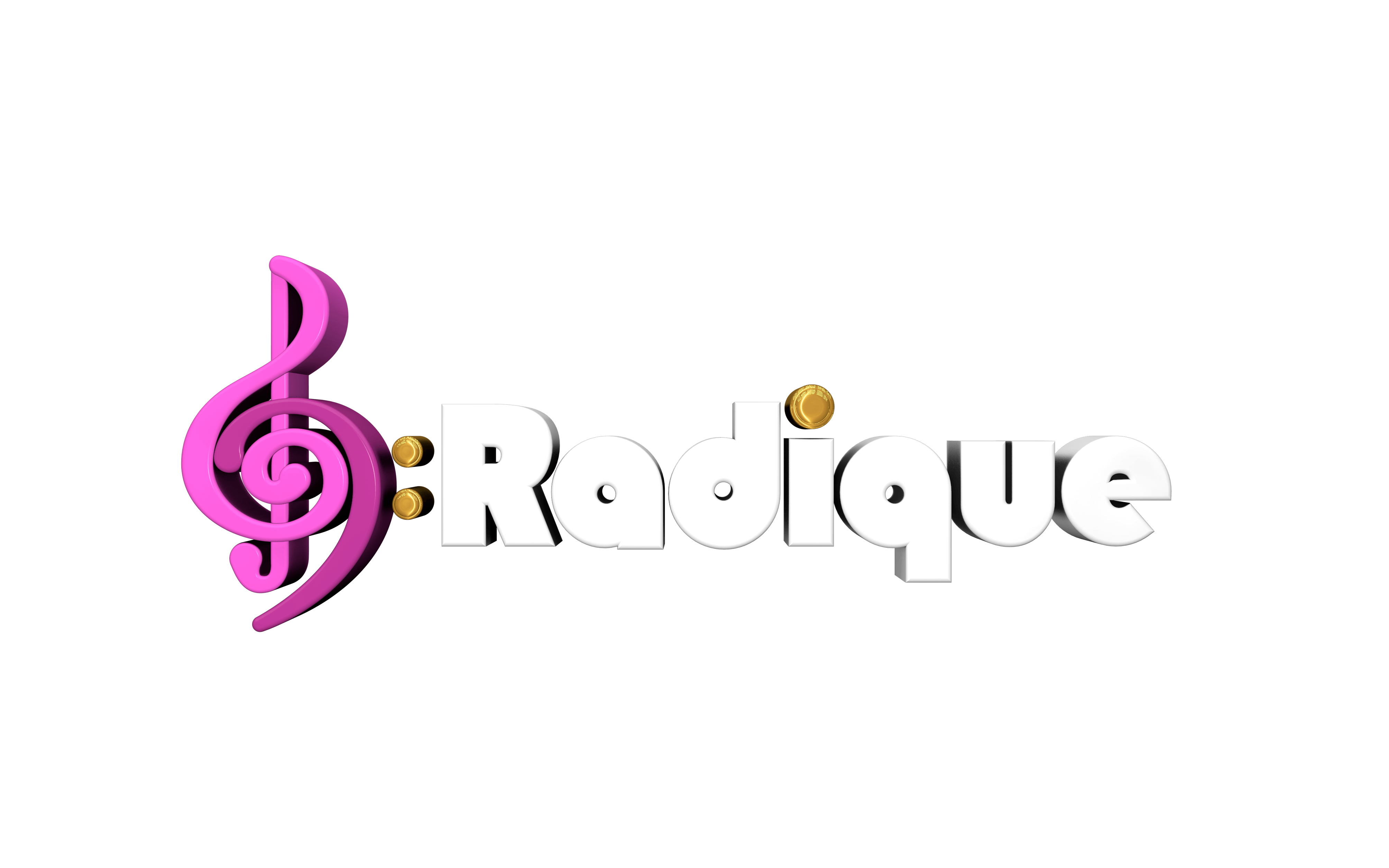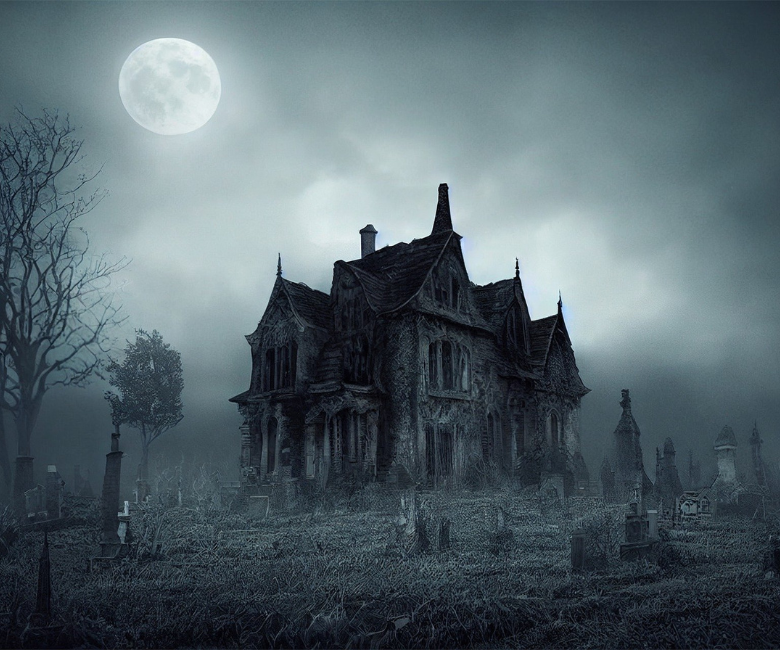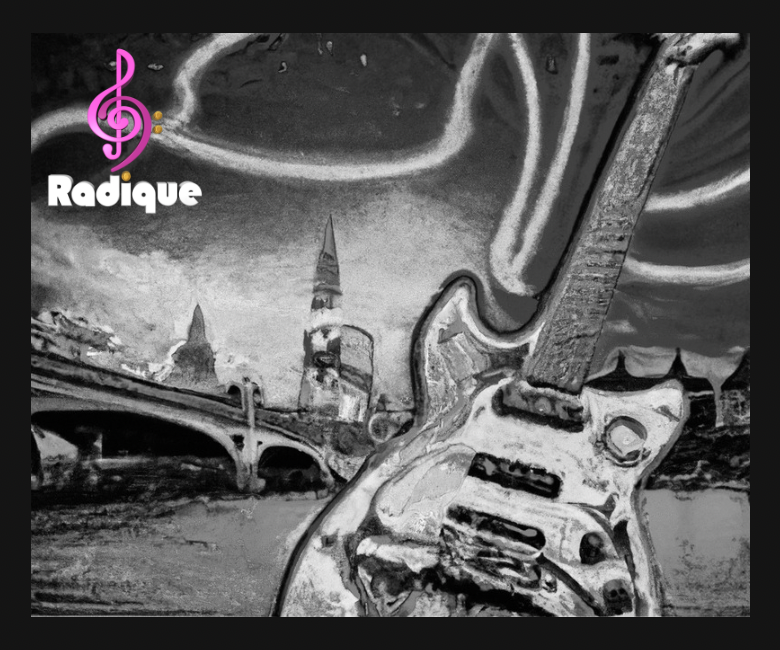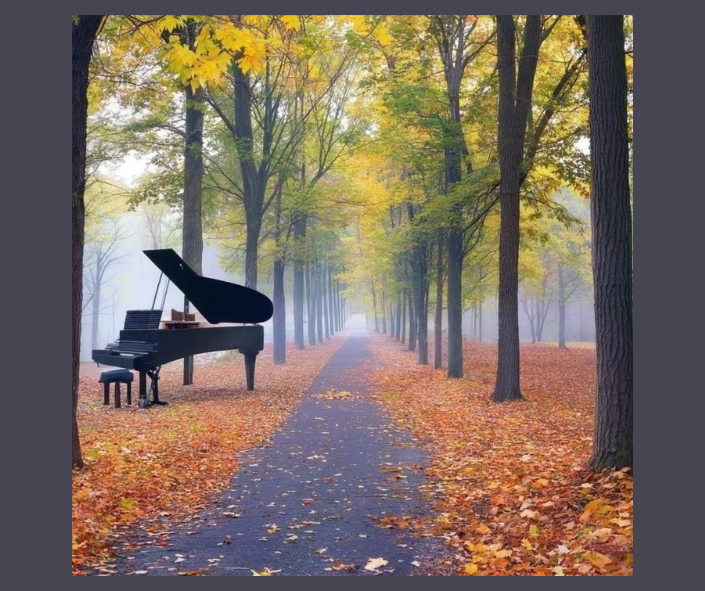It’s Hallows Eve and as in every year on this day, my husband and I explore the macabre in music. Yes, we watch scary movies, but mostly in the weeks leading up to Halloween. But we reserve the spine-tingling melodies for the evening of ghosts and goblins, which we enjoy with, what we consider treats, a bottle of red and some dark chocolate.
Music has the remarkable power to evoke a wide range of emotions, from joy and love to sadness and fear. In the realm of scary music, composers and musicians employ a fascinating array of instruments and techniques to send shivers down our spines and make our hearts race. Some of those instruments of fear include:
1. Strings: String instruments like violins and cellos are instrumental in conveying suspense and fear. Composers often use techniques like col legno (striking the strings with the wooden part of the bow) to create eerie, tapping sounds.
2. Brass: The deep, resonant tones of brass instruments, such as the French horn and trombone, can create a sense of foreboding. The dissonance and blaring notes can send shivers down your spine.
3. Percussion: Drumrolls, thunderous timpani, and the striking of gongs and anvils add an ominous and relentless quality to scary music. The repetitive beats can heighten tension and anticipation.
4. Woodwinds: Instruments like the clarinet and bassoon are adept at producing haunting melodies. Their breathy, mournful sounds can evoke a sense of unease and melancholy.
5. Electronic Instruments: In modern horror film scores, synthesizers and electronic instruments are frequently employed to create otherworldly and unnatural sounds. These instruments can take the fear factor to a new level.
Iconic compositions and movie scores that have masterfully employed these instruments to evoke fear include:
1. Bernard Herrmann’s “Psycho” (1960): The screeching strings in the shower scene of Alfred Hitchcock’s “Psycho” are legendary, sending audiences into a frenzy of fear.
2. John Williams’ “Jaws” (1975): The simple, two-note motif played by the tuba has become synonymous with impending danger, instilling terror as it approaches.
3. Mike Oldfield’s “Tubular Bells” (1973): This eerie and complex piece of music is known for its use of a wide range of instruments to create a sense of supernatural dread.
Some lesser-known unsettling scores for your listening enjoyment:
Modest Mussorgsky’s “Night on Bald Mountain” written in 1867 and later added to the movie score for Disney’s Fantasia.
Camille Saint-Saëns’ “Danse Macabre” written in 1874 and used as the score for this 2010 animated video by See Me Fly Productions
Michael Abels’ “The Gingerbread House” composed for Netflix’s 2021 Nightbooks.
Colin Stetson’s “Every Last One” – composed for the Netflix 2022 remake of Texas Chainsaw Massacre.
Wishing everyone a Happy Halloween. As always, Enjoy the Music…but maybe not by yourself!
Image Credit: Sananthropis



